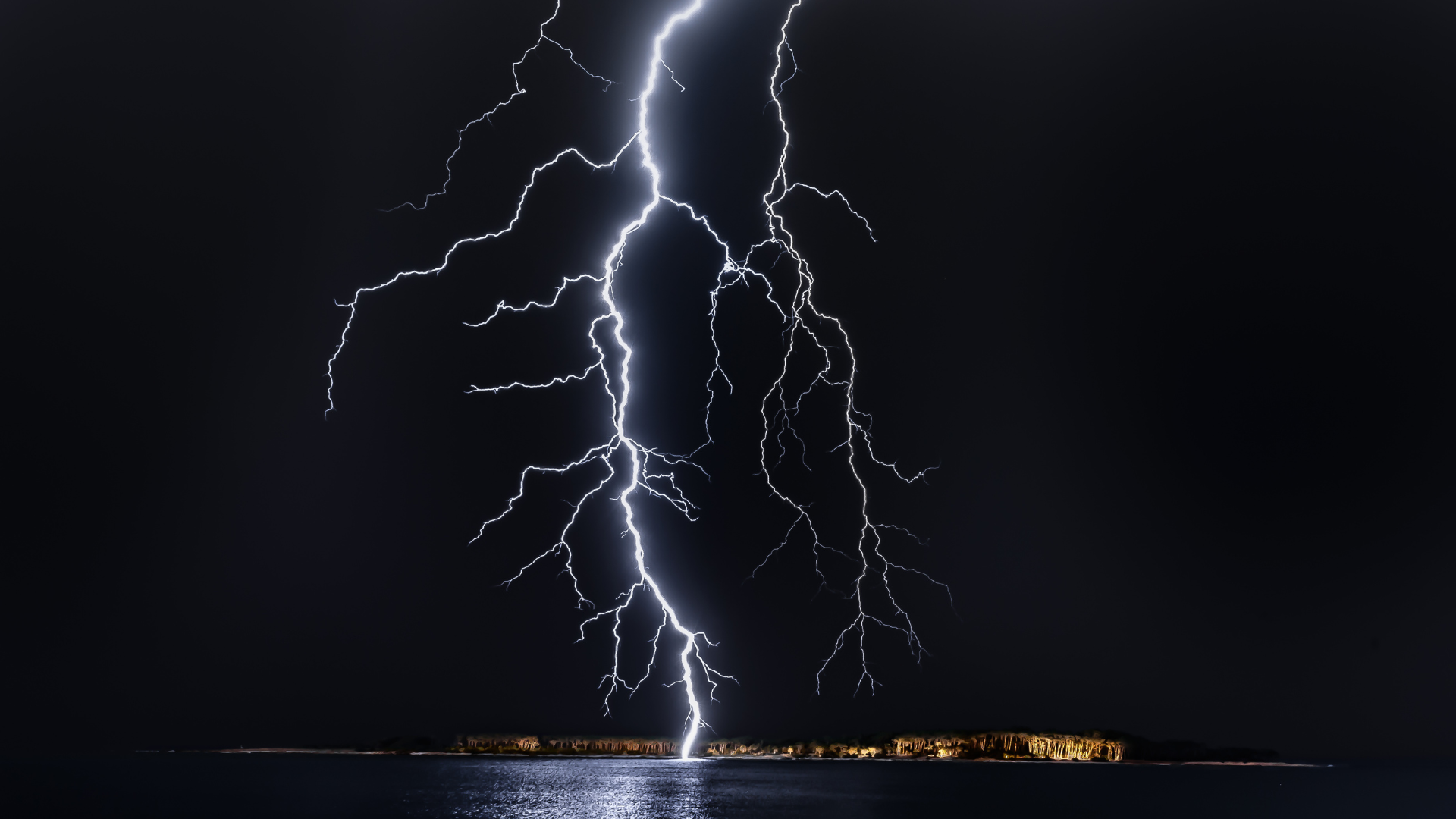A group of scientists conducted studies with a laser On top of a mountain in Switzerland where there is a large metal communication tower. According to the researchers, this tower has a high rate of lightning, as it is a “lightning arrester”, because it is in a high place and is made of metal. Therefore, this location was ideal for the group to test the possibility of ray diffraction. Check out the results of the study.
It is possible to scatter the beams with a laser.
This is what the new study by physicist Aurélien Houard concluded after some testing. Watch how the study and practical tests were performed:
Laser lightning rod
The Laboratory of Applied Optics of the French National Center for Scientific Research, in Paris, together with a group of scientists and physicist Aurélien Houard, conducted a study on how lasers can be useful in scattering lightning and lightning.
For this, the group went to this communications tower on a Swiss mountain and withstood the storm for hours. As the storm raged, they used several lasers of varying strength to see if they could direct the lightning away from the structure, as the tower is struck by lightning more than 100 times a year.
These accidents can cause billions of dollars in damage to airports and launch pads, so the test is to see if these lasers can be used in structures of this size and replace the lightning protection known as the Franklin Rod, which was created in the 18th century by Benjamin Franklin.
Test results
The experiment was conducted in the summer of 2021 from Mount Santis in northeastern Switzerland. Short, intense laser pulses were shot into the clouds during a series of thunderstorms and succeeded in deflecting four lightning strikes that were heading toward the tip of the tower. Another 12 bolts of lightning struck the tower during periods of thunderstorms when the lasers were inactive.
“These initial findings must be confirmed by campaigns adding new settings,” Howard and colleagues write.
Howard and colleagues conclude, “This work paves the way for new applications in the atmosphere for ultrashort lasers and represents an important step in the development of laser-based lightning protection for airports, launch pads, or large infrastructure.”

“Music fanatic. Professional problem solver. Reader. Award-winning tv ninja.”






More Stories
Couple retakes glacier photo after 15 years, surprised by changes: ‘It made me cry’
Two killed in hotel collapse in Germany – DW – 07/08/2024
Lula speaks for half an hour on phone with Biden about Venezuela’s electoral impasse | Politics